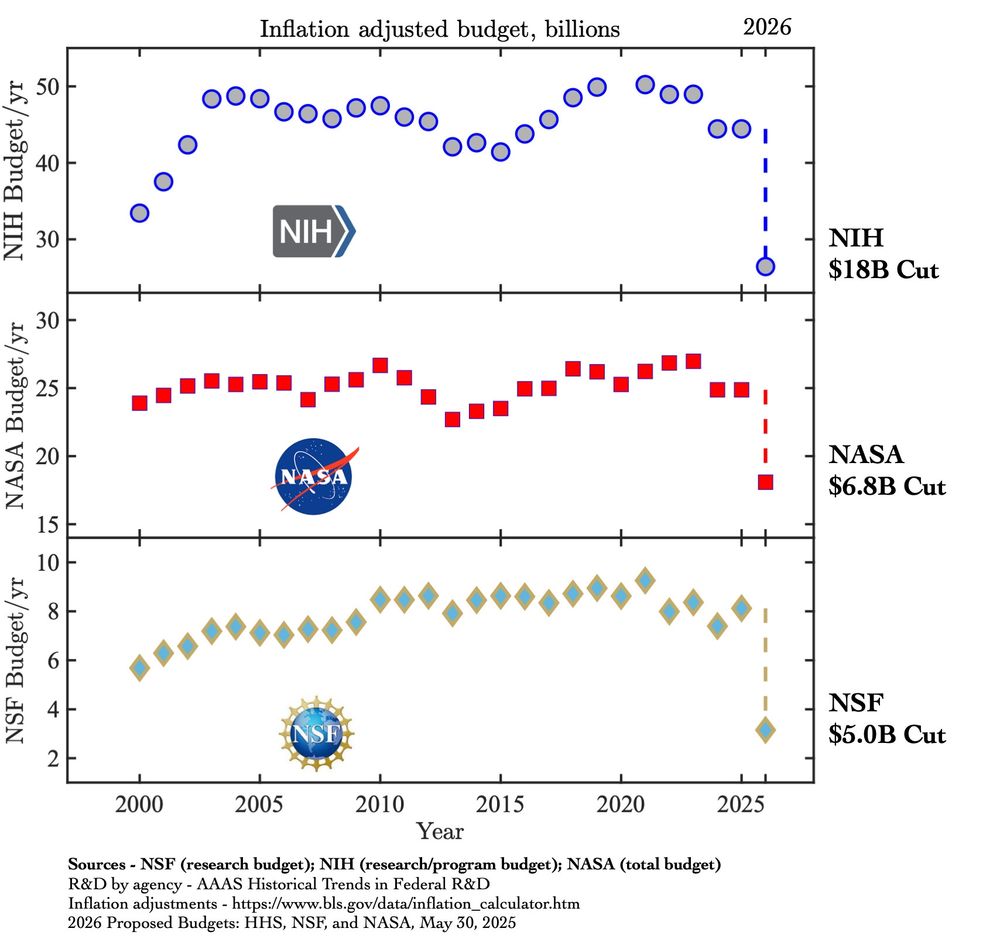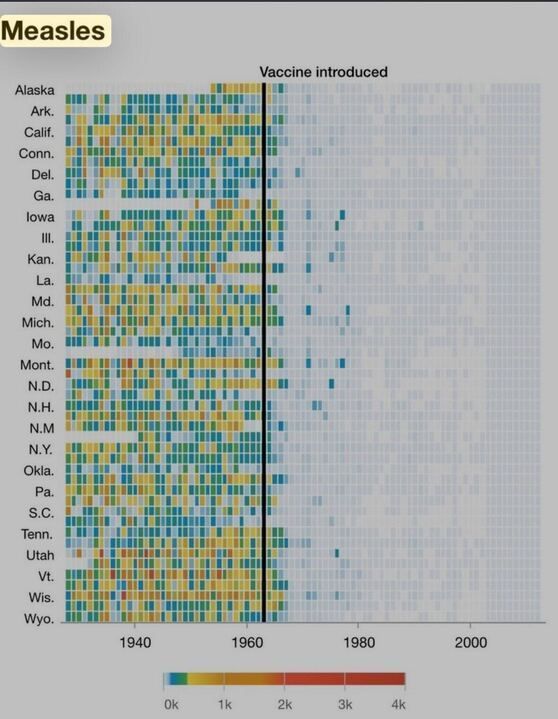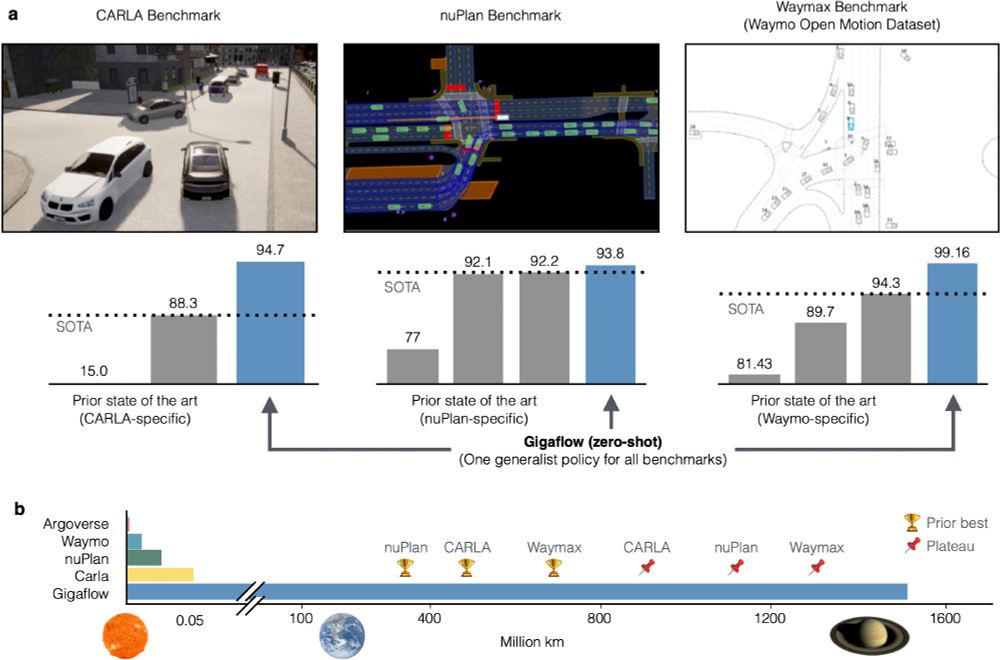
It's not just budgets but research, institutions, expertise, and training the next generation.

It's not just budgets but research, institutions, expertise, and training the next generation.





github.com/rmurai0610/M...
Try it out on videos or with a live camera
Work with
@ericdexheimer.bsky.social*,
@ajdavison.bsky.social (*Equal Contribution)
Easy to use like DUSt3R/MASt3R, from an uncalibrated RGB video it recovers accurate, globally consistent poses & a dense map.
With @ericdexheimer.bsky.social* @ajdavison.bsky.social (*Equal Contribution)
github.com/rmurai0610/M...
Try it out on videos or with a live camera
Work with
@ericdexheimer.bsky.social*,
@ajdavison.bsky.social (*Equal Contribution)


It is SOTA on every planning benchmark we tried.
In self-play, it goes 20 years between collisions.

It is SOTA on every planning benchmark we tried.
In self-play, it goes 20 years between collisions.
TL;DR: Long videos support; Depth Anything
V2 with efficient spatial-temporal head. Temporal
consistency loss -> depth gradient (no geometric priors)
TL;DR: Long videos support; Depth Anything
V2 with efficient spatial-temporal head. Temporal
consistency loss -> depth gradient (no geometric priors)
www.pv-magazine.com/2024/10/04/s...




chromewebstore.google.com/detail/sky-f...

chromewebstore.google.com/detail/sky-f...

There was no doubt that the Universe was more than just our little island of stars. 🧪 🔭 ⚛️

There was no doubt that the Universe was more than just our little island of stars. 🧪 🔭 ⚛️

Easy to use like DUSt3R/MASt3R, from an uncalibrated RGB video it recovers accurate, globally consistent poses & a dense map.
With @ericdexheimer.bsky.social* @ajdavison.bsky.social (*Equal Contribution)

